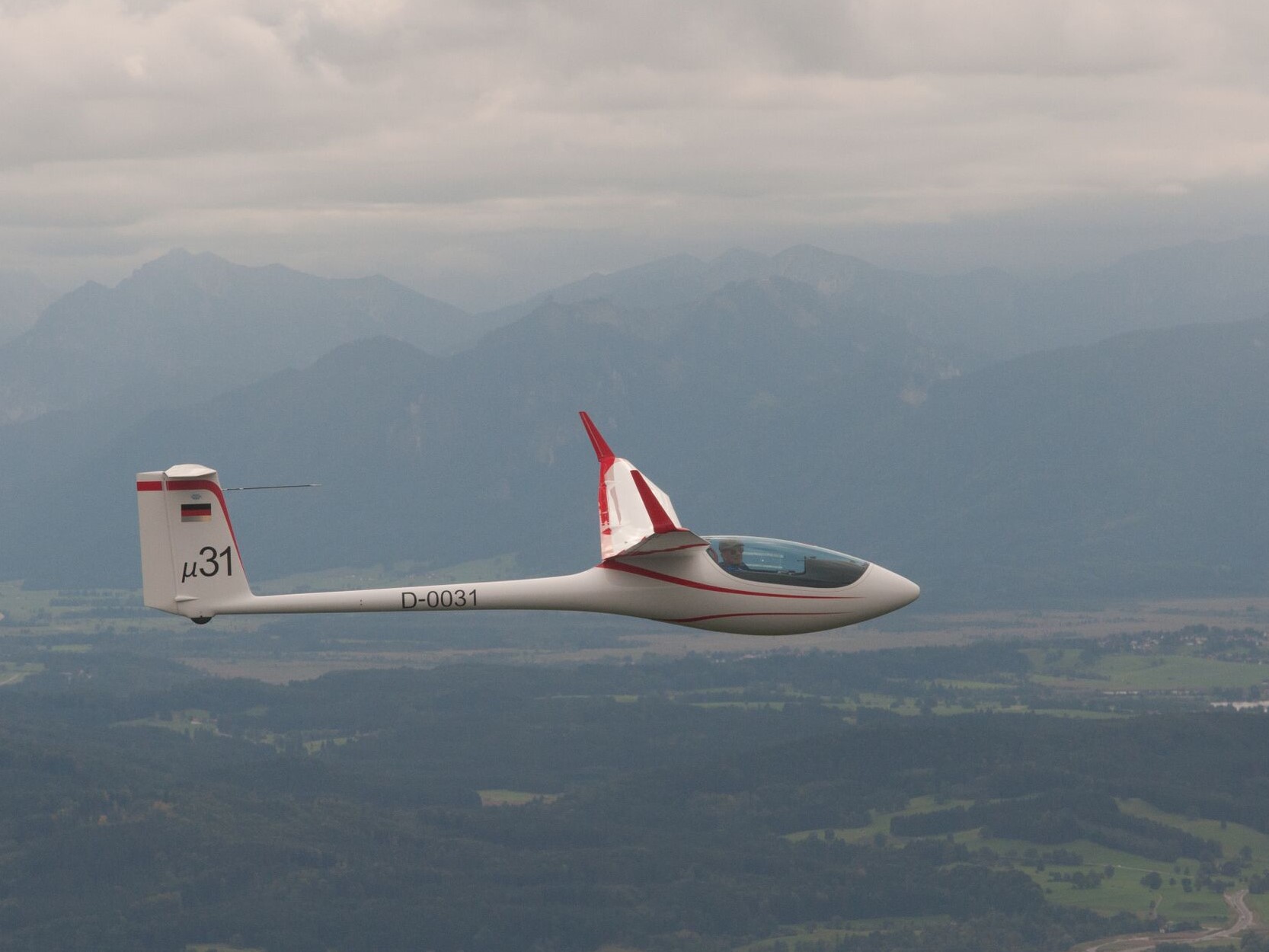Akaflieg Munich builds a sailplane with innovative wing-fuselage geometry
The Mü 31 is off the ground

"Viewing the world from above is a unique and indescribable experience," beams Tessa Weigelt, spokesperson for Akaflieg Munich. "You feel like you never want to land," a feeling that unites the members of this club. The enthusiastic flight fans are students from all three Munich universities, with the majority of members enrolled at the TU Munich. The new Akaflieg Munich prototype, the Mü 31, originated at the TUM, more exactly at the TUM campus in nearby Garching. On Friday it spread its wings and flew for the first time in Königsdorf.
This time the students had once again chosen to face a new challenge: The objective of the team was to reduce aerodynamic drag using a new wing-fuselage design. "Most sailplanes have already been highly optimized," Weigelt explains. "There are only a very small number of points that can be leveraged for higher performance." One of them is optimizing the air flow at the intersection surfaces between the fuselage and the wing.
Increased flight performance
The Mü 31 has a special wing with a three-part configuration. The advantage: there are only two interfaces to the fuselage instead of four. In addition, the transition from the wing to the fuselage of the Mü 31 has also been aerodynamically optimized, promising to increase flight performance by about five percent.
The students began with the actual construction in 2008. Around 150 aviation fans were involved in the project from the initial idea to the completion of the prototype. One of them is Johannes Achleitner, who actively worked on the creation of the Mü 31 for six years during his university studies. The experienced pilot is currently working on a doctorate at the TUM Chair for Lightweight Structures and remains closely tied to Akaflieg as a flight instructor. He piloted the aircraft on its maiden voyage.
To the great relief and joy of the team, the Mü 31 flew without difficulty. An important milestone, but not the end of the project, Weigelt explains: "Now the exciting flight testing phase begins in which we have to test the flight behavior of our prototype before we finally receive complete permission to fly."
---
About Akaflieg
The academic flight organization Akaflieg Munich ("Akademische Fliegergruppe München") is a consortium of students from Munich universities. Since its founding in 1924 it has seen generations of flight enthusiasts in young research teams work together with the theme "Design, Build and Fly", designing and constructing sailplanes and motorized aircraft. Several of the airplanes built here are still flying today, with other prototypes on display in museums such as the Deutsches Museum in Munich. Akaflieg has 40 active members at present. They receive support from sponsors in industry, former members and from the TUM. The next Akaflieg project is already in the design phase: The Mü 32, a stunt sailplane optimized for stunt flying competition in the "Unlimited" class.
Images for editorial use
Contact
Tessa Weigelt
Akaflieg Munich
pr@akaflieg-muenchen.de
Tel.: 089-28 91 59 78
Technical University of Munich
Corporate Communications Center
- Stefanie Reiffert
- stefanie.reiffert@tum.de
- presse@tum.de
- Teamwebsite